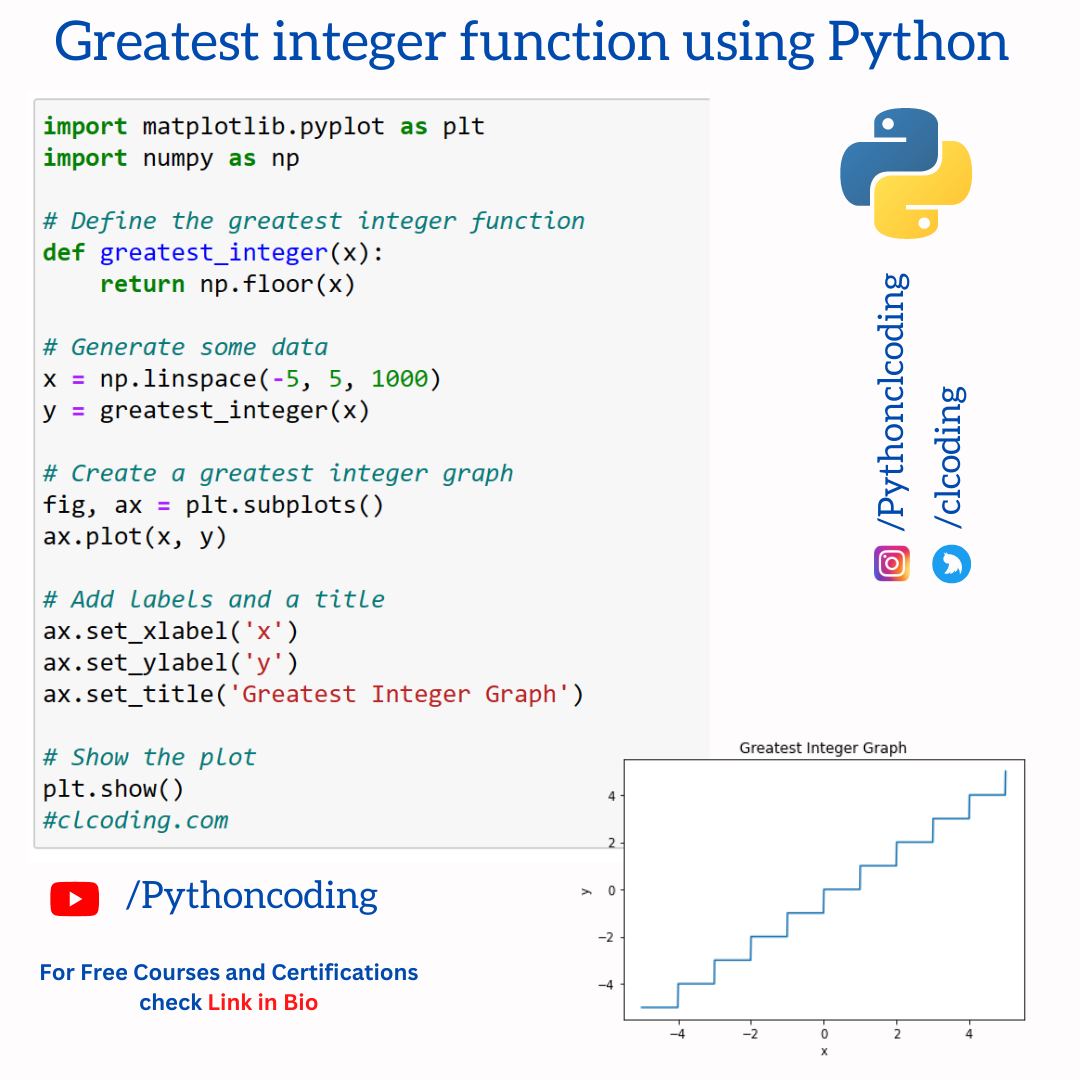Python libraries commonly used in oceanographic research:
NumPy and SciPy: These libraries provide powerful numerical and scientific computing capabilities, including array manipulation, linear algebra, optimization, and signal processing.
Pandas: Pandas is a library used for data manipulation and analysis. It provides data structures and functions for efficient handling and processing of structured data, such as time series or oceanographic datasets.
Matplotlib and Seaborn: These libraries are used for data visualization in Python. Matplotlib provides a wide range of plotting functions, while Seaborn offers a high-level interface for creating attractive statistical graphics.
Cartopy: Cartopy is a library for geospatial data processing and mapping. It allows you to create maps, plot geographical data, and perform geospatial transformations.
Xarray and NetCDF4: These libraries are commonly used for handling and analyzing multidimensional gridded data, such as ocean model outputs or satellite observations. They provide efficient I/O operations, metadata handling, and mathematical operations on multidimensional arrays.
Ocean Data View (ODV): ODV is a popular software tool for oceanographic data visualization and analysis. While not a Python library, it can be integrated with Python using the PyODV package, allowing you to import, analyze, and plot ODV data files.



.png)




%20of%20square%20wave.png)
%20of%20square%20wave%20(2).png)









.png)
.png)
.png)

.png)






.png)



.png)
















s.PNG)








.png)








%20in%20Finance).jpg)



